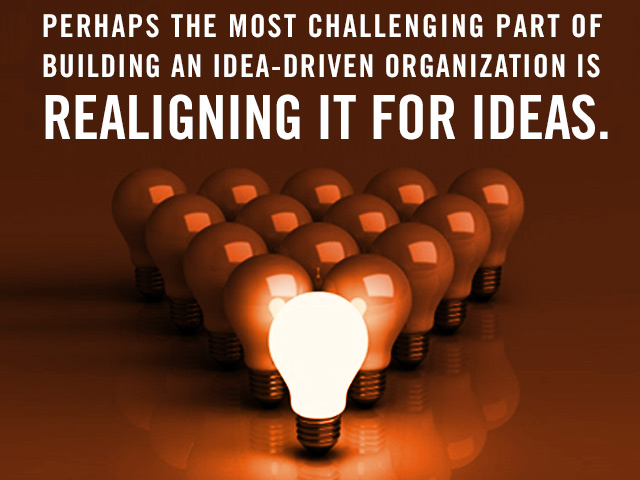Imagine an automobile manufacturer producing over a thousand cars a day, employing 3500 people, and putting less waste in landfills every year than an average family does every day. And imagine its green initiative is adding millions to the company’s bottom line each year.
The Subaru manufacturing plant in Lafayette, Indiana (Subaru Indiana Automotive, or SIA) is such a company. Its last waste shipment was sent to a landfill in May of 2004, becoming the first automotive plant in North America to be zero landfill. We wondered how SIA achieved zero landfill so we began studying the company a number of years ago. What we discovered is a company with a good system for capturing employee ideas that make their workplace safer, more productive, and greener.
While Subaru’s leadership team certainly set the stage by providing a green vision and support infrastructure, one of the most important factors in becoming the most environmentally friendly auto manufacturing plant in North America was tens of thousands of “green” ideas from Subaru’s front-line people. They are the ones who are there when waste becomes waste – when packing material has accomplished it purpose, when boxes are emptied, and when raw materials are turned into finished parts and scraps. They are the ones who toss the waste into trash bins and cart away the rubbish. So they are also the ones in the best place to identify the waste, capture it, and figure out how to reduce or eliminate it.
To help its employees to attack the landfill waste problem, SIA trained them in the “3-Rs” – reduce, reuse, recycle. The 3Rs framework is easy to remember and gets people to think of ideas beyond simple recycling. While recycling waste is helpful, reusing provides both greater environmental and financial benefits, and reducing is even better. An example of how this works came from employees in engine assembly. Components come from a Japanese supplier in large steel shipping containers, packed tightly in specially contoured protective Styrofoam blocks. Formerly, as employees unpacked these parts, they would put the bulky blocks into recycling bins.
But recycling Styrofoam is expensive because its low density increases handling costs and requires more energy to process than other polymers. But after 3R training, an employee team began to wonder if it would not be feasible to reuse this packaging. Since the empty shipping containers were already being sent back to the supplier, why couldn’t they be repacked with the Styrofoam so it could be reused in future shipments?
After analyzing the idea’s feasibility, the team discovered that it would actually be profitable. This led to other ideas to return packaging materials to that supplier and eventually, some eighty different kinds of plastic caps, metal clips, cardboard spacers, and various other packing materials were being returned for an annual savings of more than $3 million.
Other employee ideas have standardized the plastic packaging materials to simplify and increase their recycling value, reduce the sparks generate during the welding process so less material needs to be reprocessed, cut the amount of compressed air – the biggest consumer of electrical power in the plant – by almost half, and dramatically reduce the amount of toxic paint solvent needing to be transported off site for processing.
I wonder how SIA’s green initiative impacts its employees behavior at home. For me, after seeing first-hand how SIA handles waste, whenever I go to toss something away at home, I stop and think. Can this be recycled? Why was it needed in the first place? All of a sudden our trash bins are not nearly as full.


